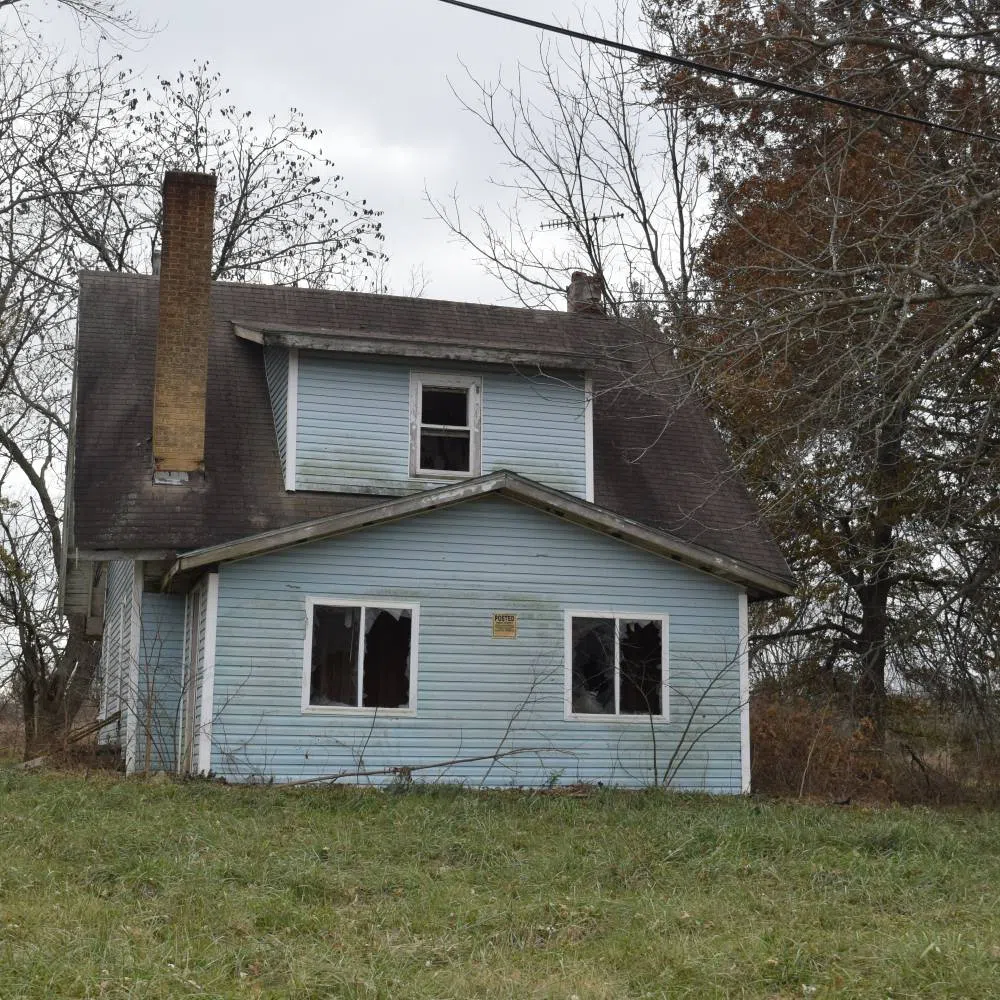Investing in a fixer-upper is an exciting opportunity for real estate investors, homebuyers, and anyone looking to create their dream home with a good set of bones. These properties often come with a lower initial price tag and the potential for a significant return on investment.
However, successfully navigating a fixer-upper purchase requires careful consideration and planning. Here’s what you need to consider when you invest in a fixer upper.
Evaluate the Condition and Potential of the Property
The first step in investing in a fixer-upper is to thoroughly assess the property’s current condition. This involves inspecting structural issues, such as a failing foundation, roof damage, or outdated electrical and plumbing systems.
A professional home inspection is critical at this stage to uncover hidden problems that may turn your dream project into a financial nightmare. Beyond assessing what’s broken, look for the property’s potential for upgrades. Consider its layout, square footage, and location to make sure it has the bones to support your vision—and ultimately its future market value.
Create a Realistic and Comprehensive Budget
Budgeting is one of the most important parts of tackling a fixer-upper. Many buyers fall into the trap of underestimating renovation costs. Start by calculating the purchase price and factor in estimated renovation expenses, including all materials, labor, and unforeseen issues.
Additionally, don’t overlook other cost of permits, inspections, and temporary relocation expenses if you can’t live in the property during renovations. A clear and detailed budget sets you up for success and prevents financial strain as you begin work.
Plan Your Renovation With Priorities in Mind
A well-thought-out plan is essential when transforming a fixer-upper into a desirable home or investment. Begin by prioritizing upgrades that are necessary for safety and functionality, such as repairing the roof, fixing plumbing issues, or addressing electrical problems.
Once you cover the essentials, you can work on aesthetic improvements like kitchens, bathrooms, or landscaping. Many experts recommend upgrading your home one room at a time to maintain a manageable scope and to minimize disruption, especially if you plan to live in the property during the renovation.
Work With Skilled and Trustworthy Contractors
Selecting the right contractors can ultimately make or break your renovation project. Look for professionals with solid experience, good references, and proper licensing. Take the time to interview multiple contractors and request detailed estimates to compare pricing and timelines.
Remember, the cheapest option isn’t always the best. A reliable contractor will help you avoid costly mistakes and make sure your vision comes to life as expected. Building a strong relationship with a contractor early on sets the tone for a smoother process, especially for large-scale renovations.
Fixer-uppers offer incredible opportunities for financial growth and creative expression. By carefully assessing the property, planning your renovations, and collaborating with the right contractors, you can transform a neglected space into a valuable asset. If you’re up for the challenge, a fixer-upper may be a worthwhile investment.
Image Credentials:by Steve, # 303443511
A blue fixer upper house alone on a plot of green grass surrounded by trees. The windows are gone and the siding is dirty.




Comments